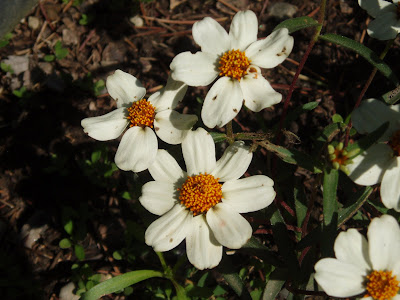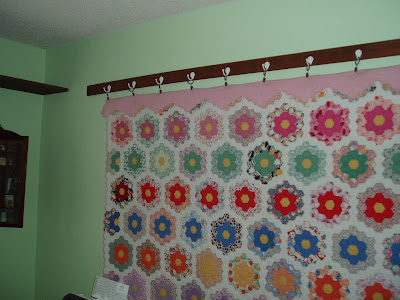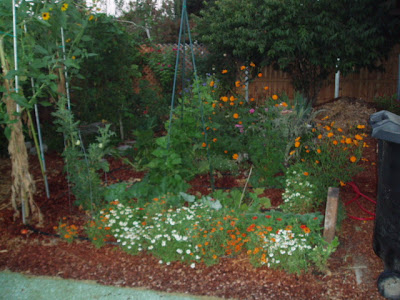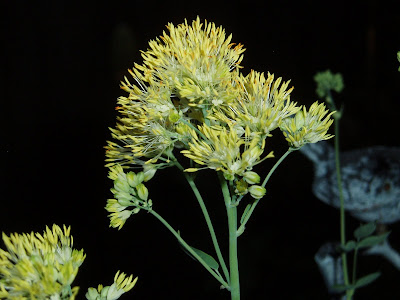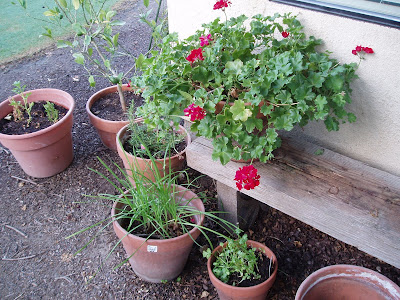OK, so why did I do this? It was a crazy stressy week and I had a headache all day and Jerry came home crashed and I just needed to do something fairly brainless that demanded focus. They are upside down because I thought they would post the other way. Crazy post for a crazy week. : )
Z is for zinnia. The only good thing to say about a zinnia is they bloom like crazy when it is over 100. These tiny orange and white ones are less obnoxious and go nicely with Jerry's favorite cosmos.
Y is for yarrow. The millefoliums tend to make a tuffet which I do not care for but at least the one I have now, 'Walther Funke' is a nice deep red that fades gold instead of cerise.
X is for ixia. A South African bulb, ixia makes sweet little spires of flowers, although the foliage is floppy sloppy.
W is for watsonia. A South African bulb type plant, it grows into a two foot high and wide clump with many flower stems. It dies down in summer.
V is or violets. The queen of the foggy weather and oh so fragrant. I love seeing these all winter out the bedroom window.
U is for no flower I know...
T is for thalictrum. These look a bit like columbine with blue green ferny foliage but get a good five feet high, or at least mine does.
S is for scarlet runner beans. A cute vine for summer, the birds and the bees love these! Plus you can eat the beans if you choose.
R is for rudbeckia. A real pain of a plant with a glaring school bus yellow color, they nontheless bloom all through the hot season.
Q is for no flower I grow.
P is for pelargonium, that cheerful in a pot plant...
O is for orange blossoms.
N is for nigella. Love the seed pods.
M is for monarda. Crazy mopheads standing 3 feet tall.
L is for lilies.
K is for nothing I grow...
J is for Johnny Jump Ups, which evidently don't warrant a photo.
I is for impatiens.
H is for helenium, a favorite of mine...
G is for geum, a favorite sweet flower.
F is for freesia, an early blooming sweet scented bulb type plant.
E is for Eupatorium 'Chocolate' one of the few true late blooming perennials.

D is for digitalis commonly called foxglove. Not a plant for children.
C is for corydalis a sweetly scented, long blooming shade plant.

B is for begonias a garden mainstay.
A is for astilbe. This one said red...






